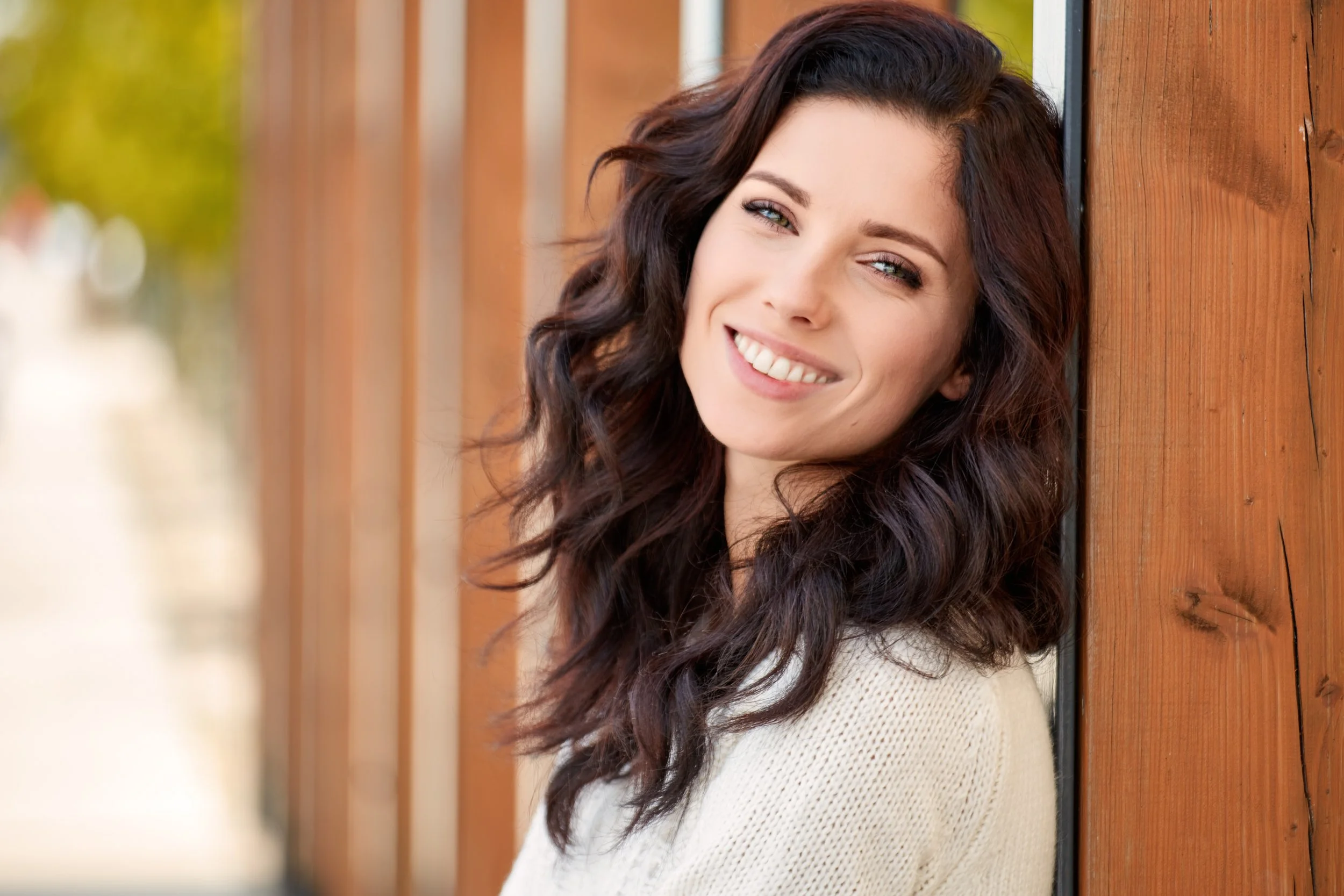Snoring during sleep may be a sign of an airway or breathing issue. Fortunately, many dental offices, including Ridge View Dental, offer effective snore therapy solutions to help patients breathe easier and sleep more soundly.
Read MoreTooth pain can range from a mild ache to sharp pain–but no level of tooth pain is normal. If you are experiencing oral pain, the best course of action is to call your dentist for further instructions.
Read MoreIf you’re unhappy with the look of your teeth, a smile makeover could be the perfect solution. Smile makeovers can address chipped, stained, missing, or crooked teeth, as well as gaps or uneven bites. Anyone in good oral and overall health who wants to improve the appearance of their smile may benefit from this comprehensive treatment.
Read MoreFull mouth reconstructions aim to restore the functionality and appearance of your smile. The goal is to make everyday activities like speaking, chewing, and smiling easier and more comfortable.
Read MoreA bright smile can boost your confidence, whether you’re preparing for a wedding, graduation, or simply want to feel your best. While store-bought whitening kits can help, professional teeth whitening offers safer, faster, and longer-lasting results.
Read MoreMissing teeth can affect more than just your smile. They can interfere with chewing, speaking, and even change the shape of your face over time. When teeth are missing, the gums and jawbone begin to shrink without the structure and stimulation they need.
Read MoreMore and more people are choosing veneers to obtain their desired smile. Dental veneers are a long-lasting and convenient solution for discoloration, chips, cracks, and gaps in teeth. But how long do they last? The answer depends on the type of veneer and how well they are cared for.
Read MoreDental fillings can be made from various materials, including gold, amalgam, composite resin, or porcelain. Though exceptions exist, one tooth can generally handle up to three fillings, while the fillings themselves can be replaced multiple times.
Read MoreMissing teeth can make everyday tasks like eating, speaking, and smiling feel difficult. Fortunately, dental bridges offer a reliable, natural-looking way to restore your smile and confidence.
Read MoreCrowns are tooth-shaped caps that cover teeth. They are often made of composite resin, steel, gold, or porcelain. Crowns restore and protect teeth that have been injured, cracked, or significantly decayed. They are also used for teeth that cannot tolerate new fillings.
Read MoreComposite bonding is one of the most popular cosmetic dental procedures today. It can repair chips in teeth, close gaps, or change the color or shape of a tooth. Composite bonding is possible on any tooth, even the front teeth, and can be performed on multiple teeth simultaneously.
Read MoreDental implants provide a reliable and permanent solution to missing teeth and loose dentures. They will restore your ability to chew and eat effectively, but you may have to wait a few days before eating whatever you want. After all, the better you take care of your implants, the longer they will last.
Read MoreVisiting the dentist can be a stressful experience, which is why some people choose to be sedated during their dental procedures. Sedation dentistry includes using moderate sedation to help patients feel calm and relaxed whether they are in the office for a cleaning, filling, or other treatment.
Read MoreDid you know dental mouthguards can help prevent concussions and traumatic brain injuries? Mouthguards absorb and disperse energy from impacts to the mouth and jaw. This reduces the force transferred to the brain, thus lowering the likelihood of serious injury.
Read MoreIf you often experience headaches, jaw soreness, tooth sensitivity, or muscle tension in the face, you may be grinding or clenching your teeth. This condition, known as bruxism, can be mild and temporary, but severe bruxism can lead to damaged teeth and jaw disorders.
Read MoreDry socket affects 5% of patients after standard tooth extractions and 35% of patients after wisdom tooth extractions. Thankfully, though this condition can be painful and annoying, dry socket is only a problem until the mouth has healed effectively.
Read MoreDoes the thought of having a tooth pulled make you anxious? Tooth extractions involve removing a tooth from its socket because of severe tooth decay or infection, crowded teeth, dental injuries, or gum disease.
Read MoreWhen you visit the dentist, they might ask you to take an X-ray. But did you know there are two different types of dental X-rays? Traditional X-rays have been the go-to for years, but with technological advances, digital X-rays are becoming more common.
Read MoreAre you looking for a painless, quick, and safe way to strengthen your teeth and protect them from decay? Dental fluoride treatments are an effective option for people of all ages who want healthy teeth.
Read MoreDid you know that even if you brush and floss regularly, you can still get cavities? Luckily, dental treatments such as sealants provide a noninvasive and effective solution to preventing cavities.
Read More



















